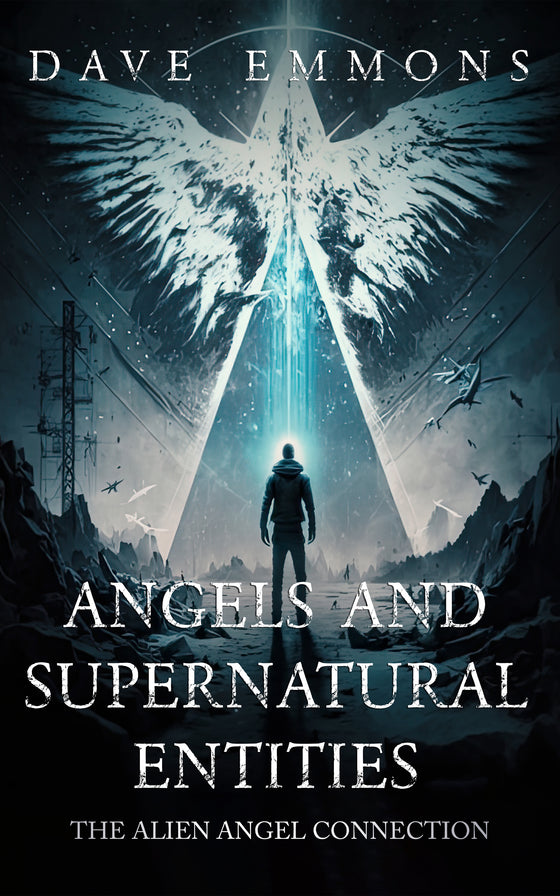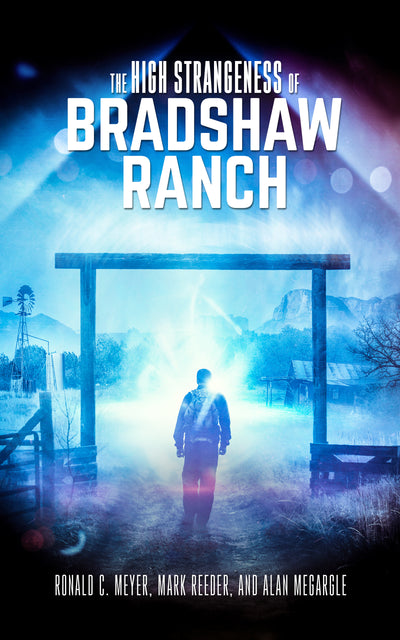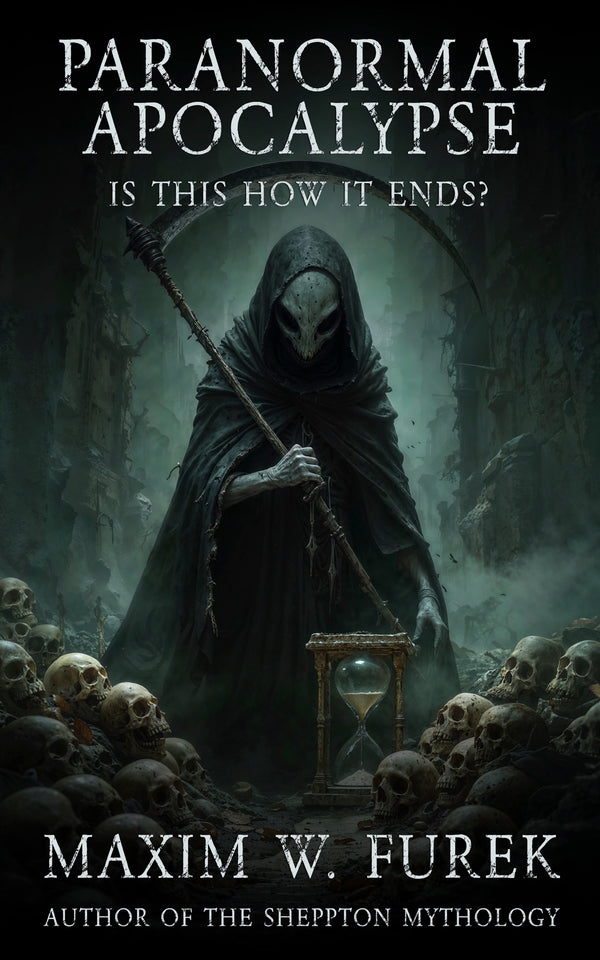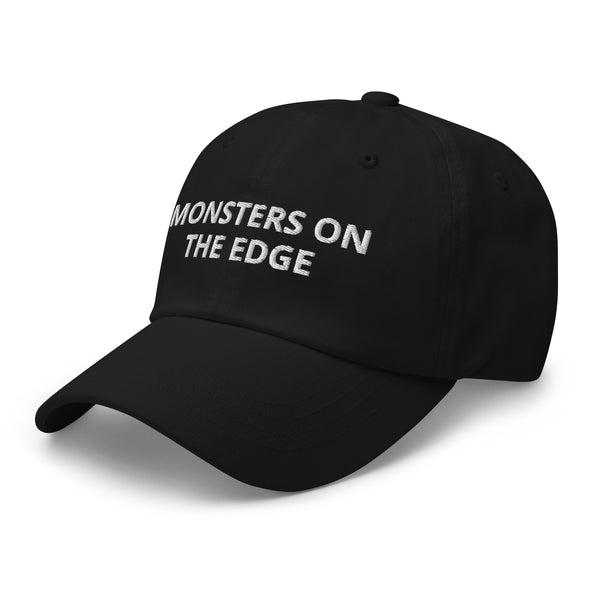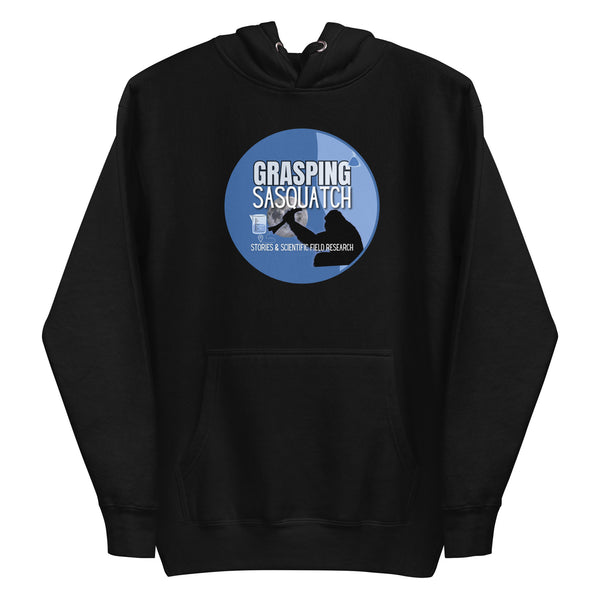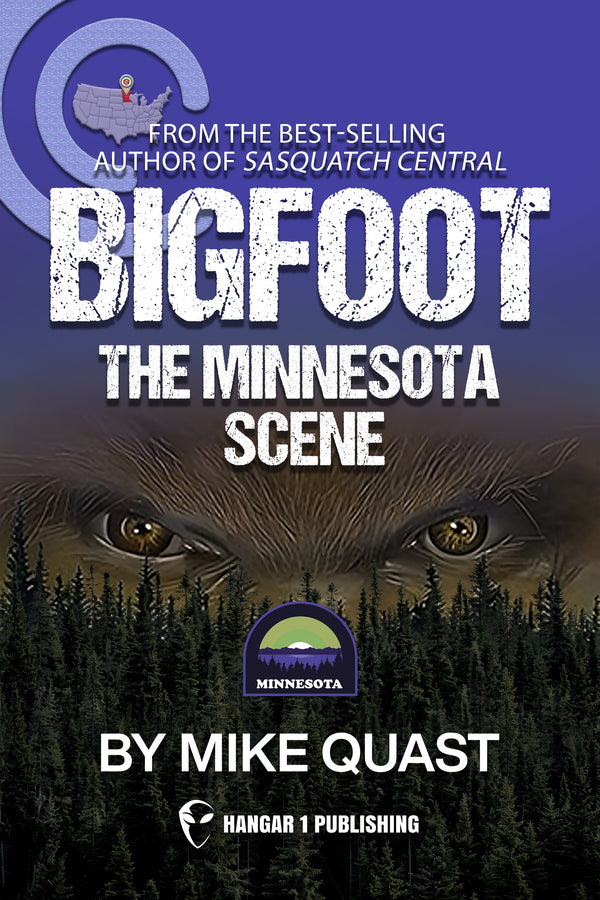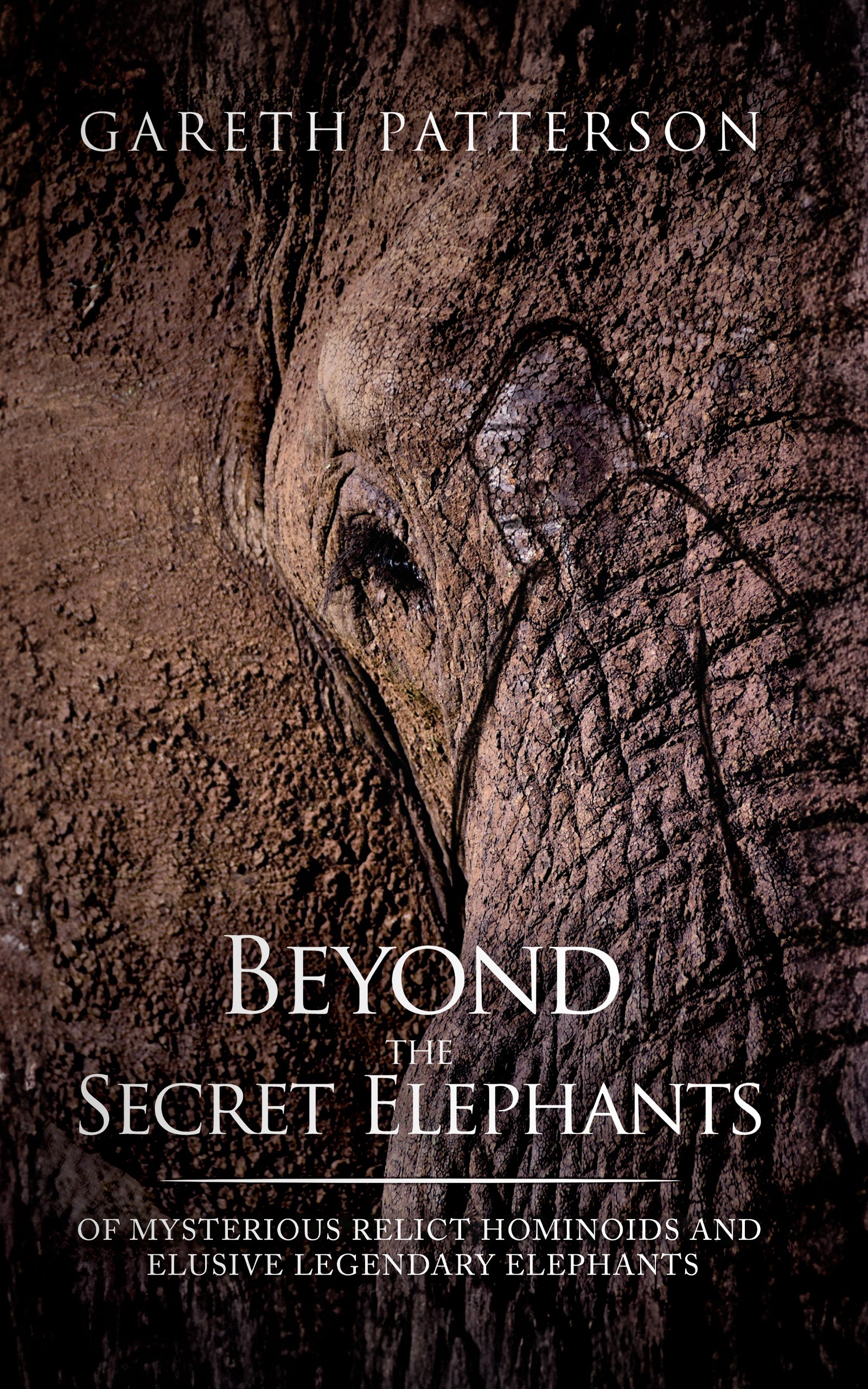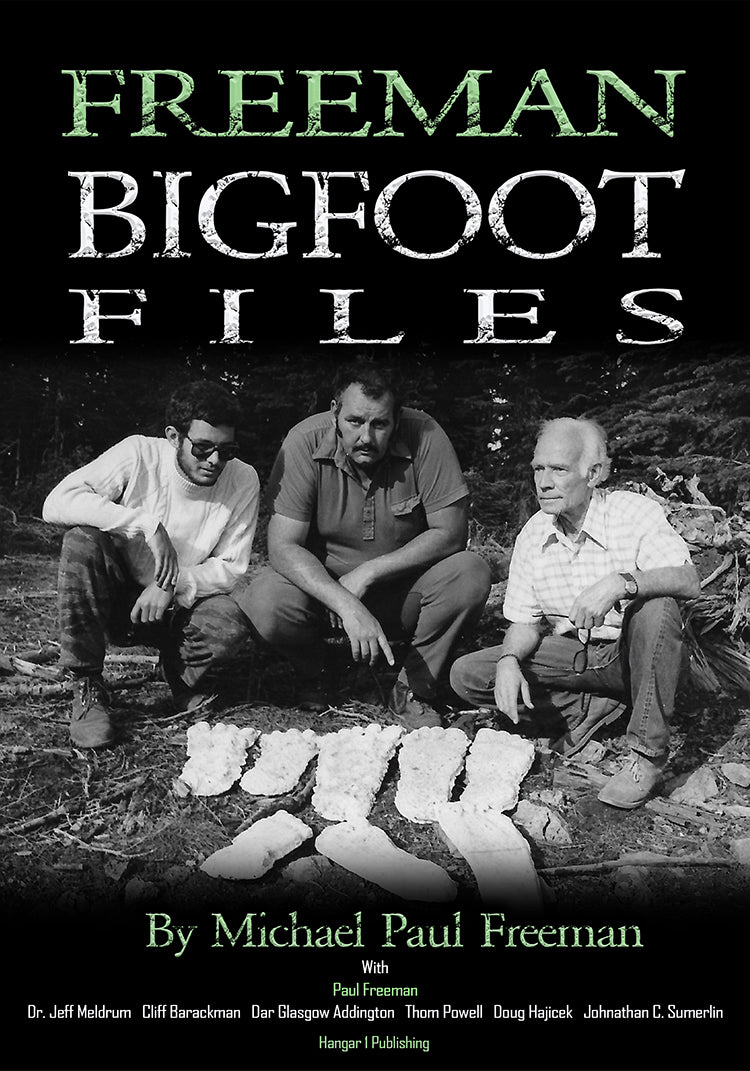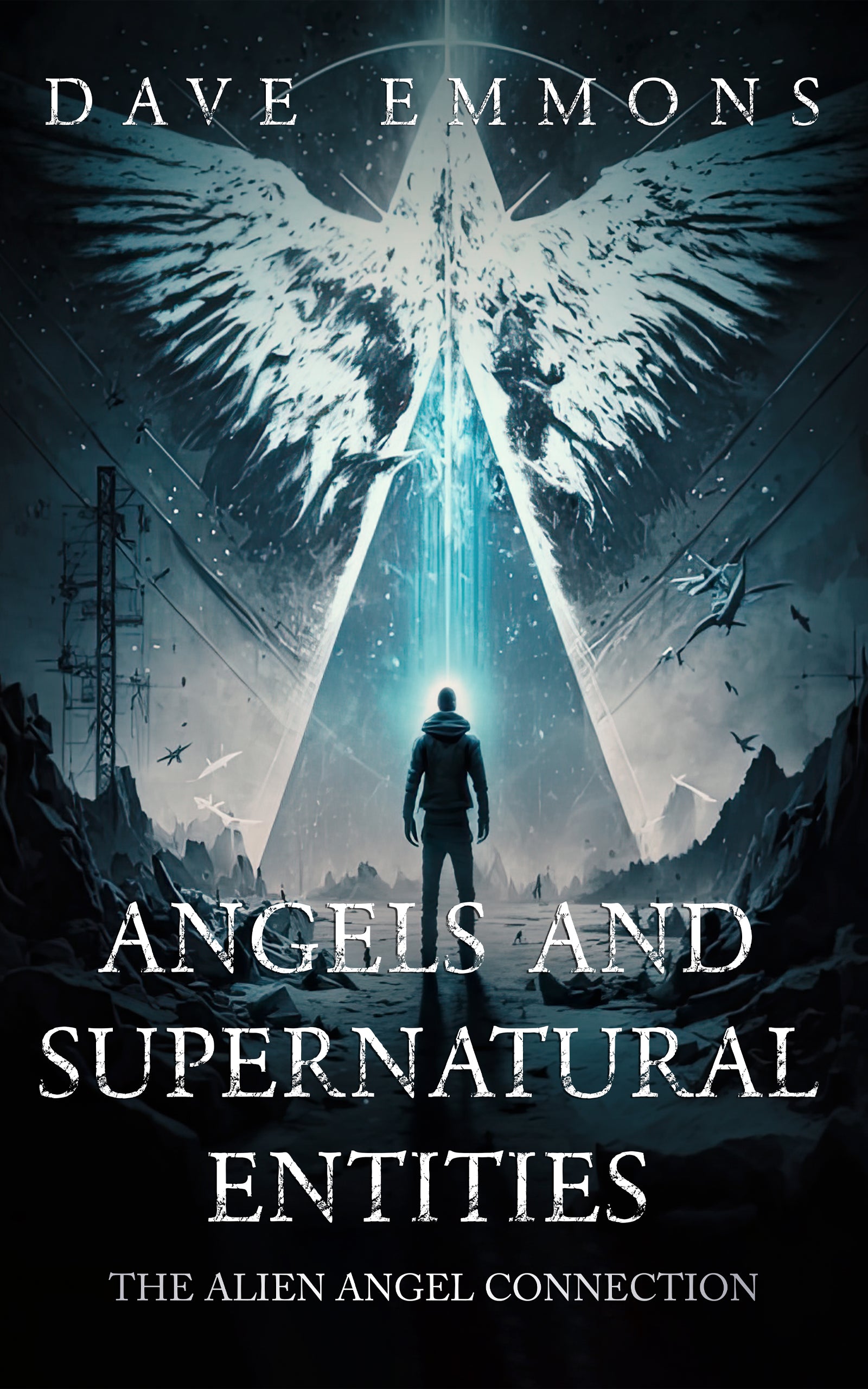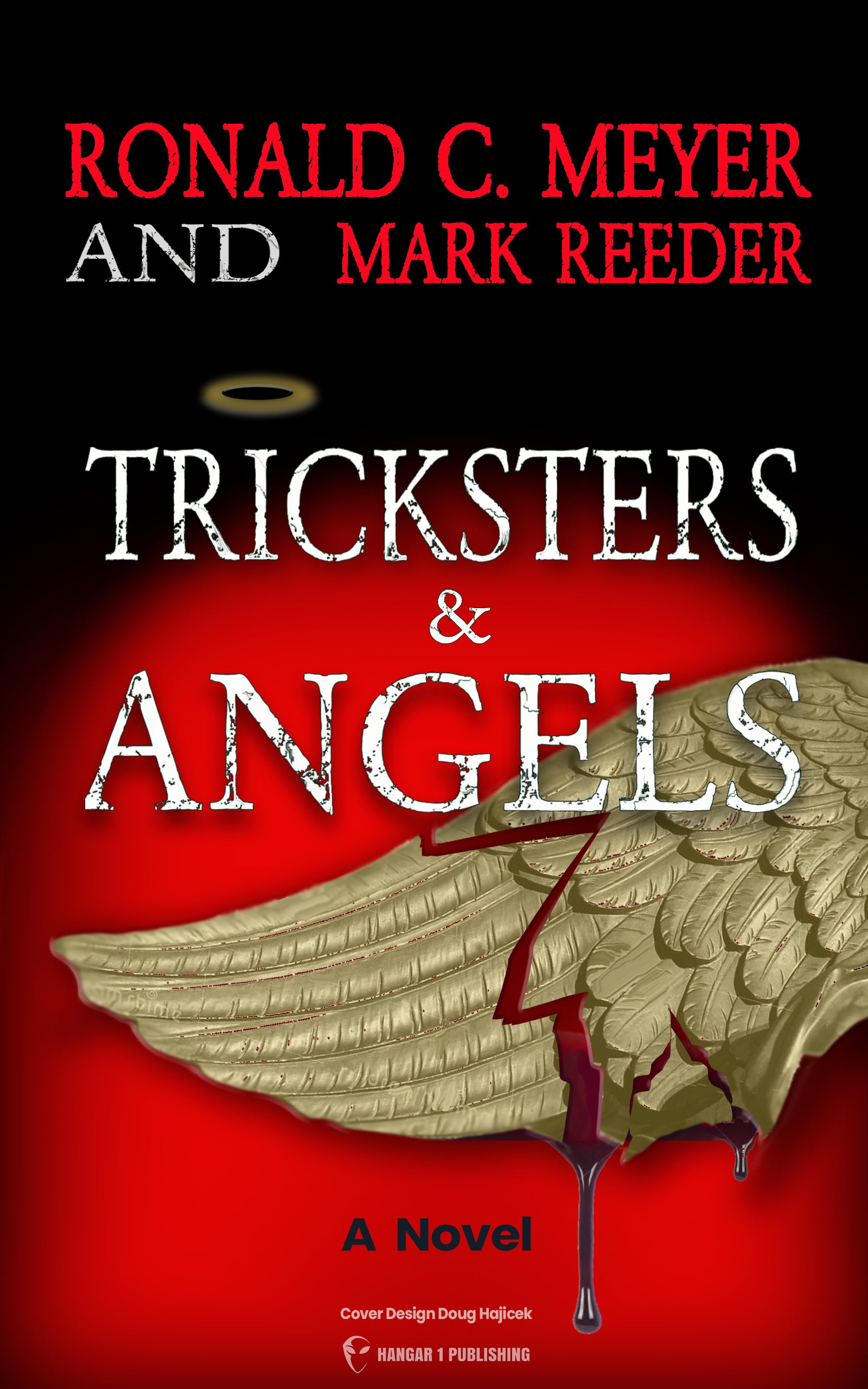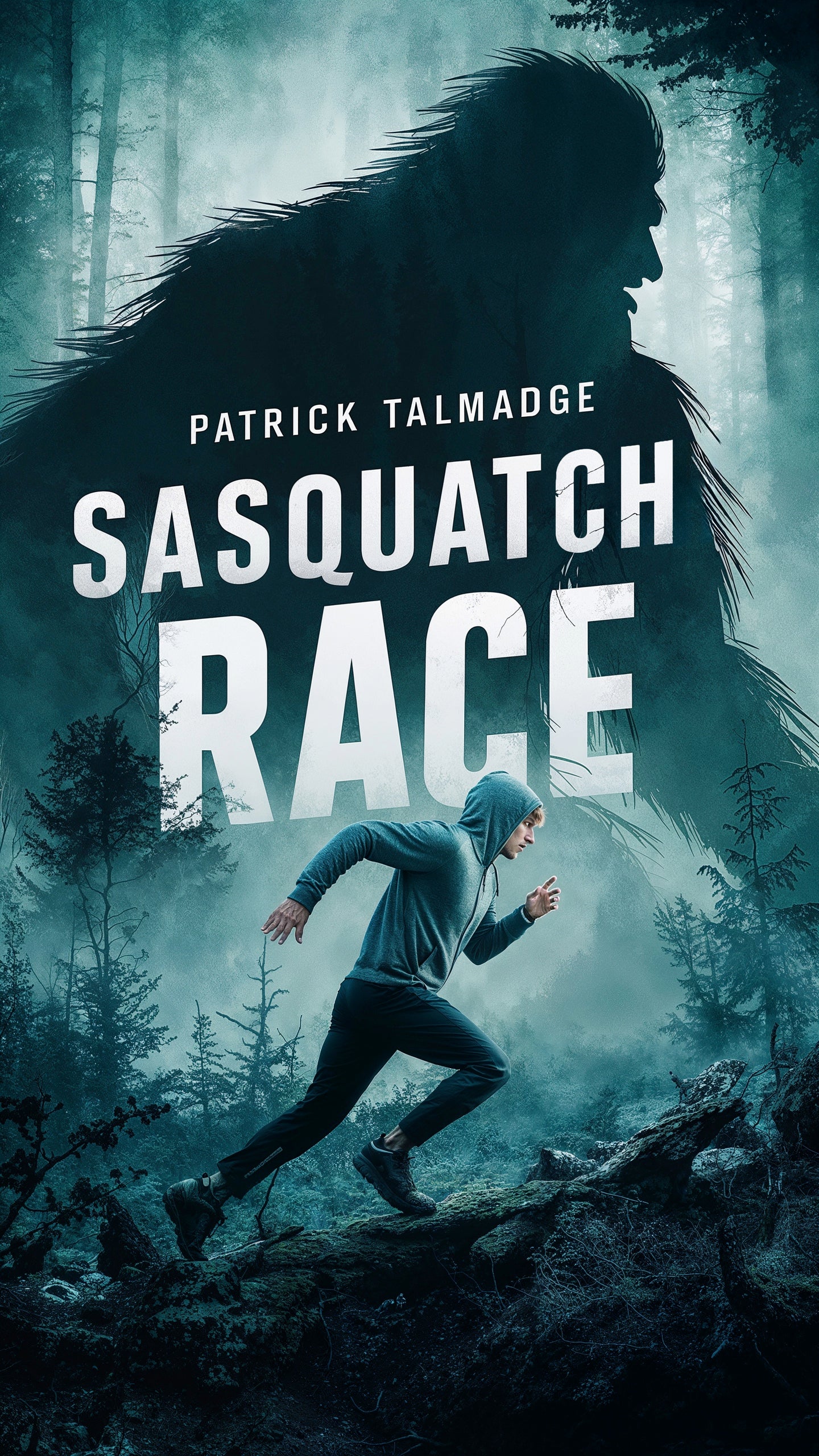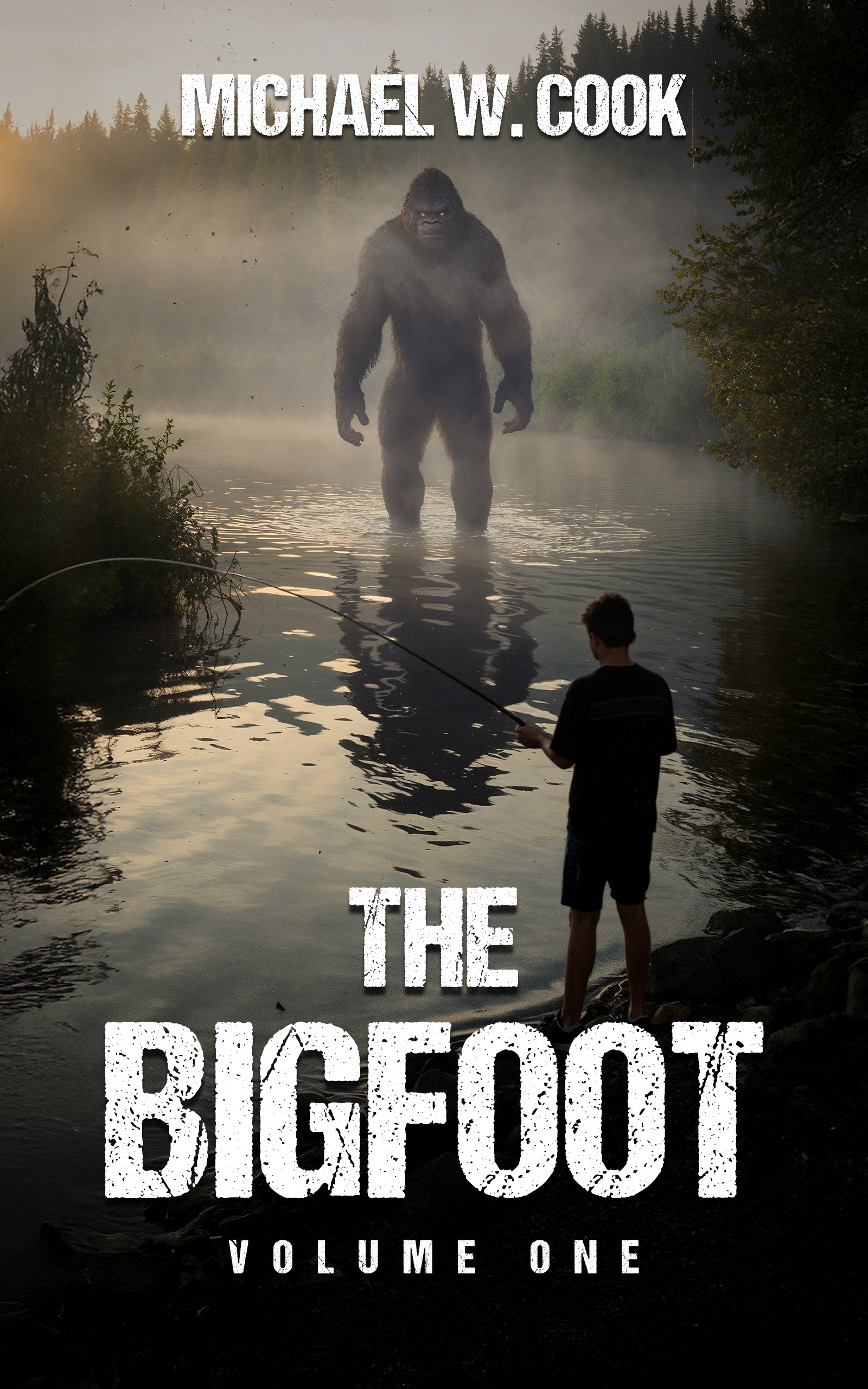UFO Witness Protection: Secrets, Stigma, and Security

By Elaine Westfield, Ufologist
A commercial airline pilot flies over the North Atlantic when a strange object appears outside his window. It defies all known aerodynamics, moving at impossible speeds before vanishing. Back on the ground, he faces a career-defining choice: report what he saw and risk ridicule, or stay silent and preserve his professional reputation.
This scenario plays out with alarming frequency across American skies. While Hollywood might depict men in black suits whisking away UFO witnesses to secret facilities, the reality of "UFO Witness Protection" is both more mundane and more urgent-it's about creating safe channels for credible observers to share information without facing career-ending stigma or alleged retaliation.
"The stigma attached to UAP is real and powerful," testified Ryan Graves, a former F-18 pilot, before Congress in 2023. "It silences commercial pilots who fear professional repercussions and discourages witnesses."
What was once dismissively labeled "UFOs" has evolved into the more clinical government designation "Unidentified Anomalous Phenomena" (UAPs). But regardless of terminology, one question persists: What happens to the people who report these sightings?
This isn't just about lights in the sky. It's about the human beings pointing at them, and the systems-or lack thereof-designed to protect them when they do.
The Unseen Burden: Why Witnesses Need Protection
Beyond Skepticism: Real Experiences, Real Risks
"Those cows don't react," noted Bob Thompson, a retired Border Patrol agent, pointing at thermal footage of what appeared to be a humanoid form silently gliding across the Arizona desert. Known as the "Lab Bruha" video, this unexplained recording joins the ranks of increasingly credible UAP accounts from professional observers:
- U.S. Navy pilots like Commander David Fravor who encountered the now-famous "Tic Tac" UAP during training exercises in 2004
- Commercial aircraft crews who reported a metallic saucer-shaped craft hovering over O'Hare International Airport in Chicago in 2006
- The thousands of eyewitnesses, including hundreds of military personnel, who observed triangular UAPs flying over Belgium from 1989-1990
- The multiple witnesses to the Hudson Valley wave of V-shaped craft with multicolored lights from 1982-1986
These aren't isolated incidents from unreliable observers. They represent a pattern of inexplicable phenomena witnessed by trained professionals whose careers depend on accurate observation.
The Stigma: A Silent Deterrent
Perhaps more powerful than any formal gag order is the suffocating weight of professional stigma. According to Graves, who founded Americans for Safe Aerospace after his own UAP encounters, an estimated 95% of UAP sightings by military and commercial pilots go unreported.
Thompson confirms this cultural silence extended to Border Patrol. When asked why agents wouldn't immediately report a 100-foot black triangle hovering silently over the desert, he explained: "I don't think anyone wanted to say on the record that they had seen a large triangle flying over them. And who would you report that to? There wasn't a means to report it."
This missing infrastructure-a safe, stigma-free reporting pathway-may be the simplest yet most crucial aspect of "UFO Witness Protection" needed today.
Allegations of Suppression and Intimidation
Beyond stigma lies something potentially more sinister-claims of active suppression and retaliation against those who speak up about UAPs.
David Grusch, a former Air Force intelligence officer who worked with the Pentagon's UAP Task Force, made headlines in 2023 with explosive congressional testimony alleging a "multi-decade UAP crash retrieval and reverse-engineering program" hidden from congressional oversight. More troubling were his claims of suffering "retaliation" after reporting this information to his superiors and filing a whistleblower complaint.
"It was very brutal and very unfortunate, some of the tactics they used to hurt me both professionally and personally," Grusch testified under oath.
Luis Elizondo, who previously ran a Pentagon UAP program, similarly claimed facing "unwarranted criminal investigations, harassment and efforts to destroy one's credibility" after providing classified testimony about UAPs.
More dramatically, Army veteran DC Long claimed that after he and his father witnessed alleged UFOs in an underground facility and refused to sign non-disclosure agreements, his father's equipment and finances were mysteriously wiped out, and his father became estranged, seemingly out of fear for his son's life.
Whether these specific claims can be verified, they highlight the perceived risks associated with coming forward-risks that demand protection and transparency.
Physical and Psychological Toll
The potential costs go beyond professional repercussions. The Cash-Landrum incident of 1980 serves as a striking example. Betty Cash, Vickie Landrum, and Colby Landrum allegedly encountered a diamond-shaped object hovering above trees in Texas, emitting tremendous heat. Afterward, they suffered from vomiting, diarrhea, hair loss, and radiation-like symptoms. A radiologist concluded they were suffering from "secondary damage from ionizing radiation."
Despite their physical suffering and a $20 million lawsuit against the U.S. government, their case was dismissed in 1986, leaving them without recourse or acknowledgment. This case exemplifies the vulnerability of witnesses who may face not only ridicule but also tangible physical and psychological harm with no established system to address their needs.
As Thompson reflected on his decision to share Border Patrol UAP videos publicly: "It has taken a toll on me. I personally am divorced now. I live in a different state... because of it."
Navigating the Maze: Existing and Emerging Protections
The Absence of a Dedicated Program
Despite persistent rumors of shadowy government agents spiriting away UFO witnesses, no formal "UFO Witness Protection Program" exists as a standalone entity. The reality is both more complex and more practical-a patchwork of existing mechanisms being adapted to address the unique challenges faced by UAP witnesses.
Leveraging Whistleblower Frameworks
The most significant progress has come through whistleblower protections. The National Defense Authorization Act of 2023 includes provisions specifically for reporting UAPs, with whistleblower protections and exemptions to non-disclosure agreements.
Rep. Mike Gallagher's amendment to the FY2023 NDAA established "a process within the government for reporting UAPs and providing whistleblower-like protections." This amendment aims to protect those with UAP information from retribution when they come forward, regardless of previous non-disclosure agreements.
The legislation calls for the Airborne Object Identification and Management Synchronization Group to establish "a secure system" for receiving UAP reports, administered by "designated and widely known, easily accessible, and appropriately cleared Department of Defense and intelligence community employees or contractors."
Additionally, in January 2023, Rep. Tim Burchett introduced a bill to protect whistleblowers who bring attention to federal funding used to study UFOs, building on earlier bipartisan efforts to force declassification of UAP records.
Existing Witness Protection Analogies
While not designed for UAP witnesses specifically, the U.S. Marshals Service Witness Protection Program-established under the Organized Crime Control Act of 1970-provides a template for how serious witness protection operates. This program offers security to threatened individuals providing testimony in cases involving organized crime, terrorism, and national security issues.
In the most extreme cases, protected witnesses receive new identities and may live the rest of their lives under government protection. While no known UAP witness has entered this program, the "national security" aspect potentially provides a theoretical pathway if a UAP scenario were officially deemed a threat requiring a witness's testimony.
The government also has mechanisms for protecting non-citizens who witness crimes. Special arrangements known as S-5 and S-6 visas exist to bring key "alien witnesses" into the U.S. from overseas, while T visas may be used to admit victims of human trafficking willing to assist prosecutors. While unrelated to extraterrestrial matters, these programs demonstrate the government's capacity to protect vulnerable witnesses when necessary.
Informal Networks and Advocacy
In the absence of formal protection, unofficial support networks have emerged. Ryan Graves' Americans for Safe Aerospace provides a haven for UAP witnesses "who were previously unspoken due to the absence of a safe intake process." With over 5,000 members, the organization has collected accounts from more than 30 witnesses, mostly commercial pilots at major airlines.
These grassroots efforts fill critical gaps in official protection, offering community, validation, and collective strength to individuals who might otherwise feel isolated and vulnerable after their experiences.
Congressional Oversight and Public Hearings
Perhaps the most visible form of "protection" for high-profile UAP witnesses has been congressional hearings. When Grusch, Graves, and Fravor testified before Congress in July 2023, they gained a level of public protection through visibility and official acknowledgment of their claims.
As Rep. Tim Burchett stated during the hearing: "We need to tell the folks at the Pentagon, they work for us, that government, we don't work for them... This is an issue of government transparency."
By bringing these witnesses before Congress under oath, lawmakers created a public record that would make subsequent attempts to silence or discredit these individuals more difficult. The hearings themselves became a form of witness protection through transparency.
The Challenges and Path Forward
The Burden of Proof Dilemma
"Extraordinary claims require extraordinary evidence," astronomer Carl Sagan famously said-a principle that creates a challenging hurdle for UAP witnesses.
When the Scientific Coalition for UAP Studies (SCU) analyzed Border Patrol's "rubber duck" video, they made a significant determination: the object was genuinely anomalous. Their analysis revealed it wasn't moving in a straight line as it appeared, but rather circling while being tracked by an aircraft, suggesting intelligent control. Despite this scientific validation, mainstream media largely ignored these findings.
This highlights a fundamental challenge-the evidence threshold for UAP claims is exceptionally high, yet the means to collect such evidence are often limited. As NASA's UAP independent study team member Michael Gold noted, researchers are relying on "cellphones and fighter jets' cockpit gun cameras" instead of purpose-built scientific instruments.
Overclassification and Information Control
Tim Gallaudet, a retired Navy rear admiral, testified to Congress in 2023 about an alarming incident. After receiving an email about a UAP causing "multiple near-midair collisions" during a naval exercise, complete with video evidence, the email mysteriously disappeared from all recipients' accounts the next day, and the matter was never discussed again.
"The continued overclassification surrounding UAP," Gallaudet testified, "has not only hindered our ability to effectively address these phenomena, but has also eroded trust in our institutions."
This culture of overclassification creates a troubling information vacuum. When Bob Thompson asked about strange objects recorded by Border Patrol cameras, he discovered an administrative blind spot: "The problem was we didn't have any reporting requirements for that if it didn't have a nexus to smuggling."
Most concerning are allegations of secret programs operating without oversight. Michael Shellenberger, an investigative journalist, testified to Congress about "Immaculate Constellation," allegedly a highly secretive Department of Defense UAP intelligence operation that "operates without Congress's knowledge." If such programs exist, they represent serious accountability gaps that could endanger witnesses and undermine democratic principles.
Defining Protection: Who Qualifies and How?
A critical question remains unanswered: Who exactly qualifies as a "UFO witness" deserving protection? Is it limited to government insiders like Grusch and Elizondo, who claim knowledge of classified programs? Does it extend to military and commercial pilots like Fravor and Graves? What about civilians like Betty Cash and Vickie Landrum who suffer physical effects after encounters?
The answer likely requires a tiered approach, with different protections for different categories of witnesses. Military personnel might need whistleblower shields and security clearance protections, while civilian witnesses might require medical, psychological, and legal support.
Building Trust and Encouraging Reporting
Progress depends on establishing trust through transparent, accessible reporting systems. The Pentagon's All-domain Anomaly Resolution Office (AARO) website launched in 2023 with a mechanism for military pilots to report sightings. However, it notably lacks a public reporting option, limiting civilian participation.
The proposed legislation for civilian pilots to report UAP sightings to the FAA represents an important step toward normalizing reporting across sectors. But true progress requires addressing the underlying stigma that keeps most witnesses silent.
"If everyone could see the sensor and video data that I have," testified Graves, "there is no doubt that UAP would be a top priority for our defense, intelligence and scientific communities."
Case Studies: Putting a Human Face on the Phenomenon
The Whistleblowers' Journey
David Grusch, Luis Elizondo, and Ryan Graves represent three different paths through the UAP disclosure landscape, each highlighting different aspects of the "witness protection" problem.
Grusch's journey began as a respected intelligence officer with top-secret clearance who found himself unable to access a UAP program. His whistleblower complaint and subsequent congressional testimony in 2023 brought unprecedented attention to claims of recovered non-human craft and biological materials. Despite his credentials, Grusch faced skepticism, with critics questioning his mental health history and the lack of firsthand evidence for his claims.
Elizondo, who resigned from the Pentagon's Advanced Aerospace Threat Identification Program in 2017, has consistently maintained that the government possesses UAP technologies and that a "small cadre" within the federal government has created a "culture of suppression." His claims of personal harassment and threats underline the reported risks for insiders who speak out.
Graves represents the frontline observers-the pilots and operators who directly witness anomalous objects during their duties. His founding of Americans for Safe Aerospace highlights the need for peer support networks when official channels fall short.
The Border Patrol Perspective
Bob Thompson's account offers a unique window into how UAPs intersect with national security at America's borders. As a Border Patrol agent with medical training, Thompson was tasked with investigating UAP sightings among agents and creating a report on the phenomenon.
"At least a hundred" agents had shared UAP accounts with him, describing everything from small triangles silently hovering over agents to massive 100-foot triangular craft. The videos Thompson collected-rubber duck, cigar, Lab Bruha, and the A-10 chase-represent some of the most compelling government footage of unexplained phenomena.
Most striking is Thompson's account of the military's interest in these recordings: "The Air Force came down with a laptop, plugged it into the truck and took that file and left. No further explanation."
Thompson's experience reflects the confusion around jurisdiction and reporting-a crucial gap in the "UFO Witness Protection" landscape. Despite access to sophisticated thermal imaging and trained observers, there was simply no established protocol for handling UAP encounters that weren't related to smuggling or immigration.
Adding cultural depth to the Border Patrol sightings, Thompson noted ancient petroglyphs in the same Arizona desert showing "different beings" and "three dots, three orbs looking type things." When he asked Native Americans about these symbols, they told him they represented "stuff that comes from the sky"-a historical thread suggesting these phenomena may have been observed long before modern aviation or imaging technology.
Historical Cases: The Unmet Need
The 1980 Rendlesham Forest incident in England demonstrates the long-standing need for witness protection. When Lieutenant Colonel Charles I. Halt and other Air Force personnel investigated strange lights, they observed a "glowing metallic object" moving at "phenomenal speed" through the forest. The next day, they found triangular impressions on the ground, broken branches, and radiation readings ten times normal background levels.
Despite this compelling physical evidence and multiple military witnesses, the event was never adequately explained. In 2010, Halt signed a notarized affidavit accusing the U.S. and Britain of a cover-up-a serious allegation from a respected military officer that highlights the frustration witnesses feel when their experiences are dismissed or obscured.
Forty years after Rendlesham, the core challenges remain largely unchanged: credible witnesses continue to report extraordinary phenomena, face institutional resistance, and lack clear pathways for protection and truth-seeking.
The story of UAP witnesses is still unfolding. From congressional hearings to grassroots support networks, significant progress has been made in creating safer spaces for reporting and discussion. Yet major gaps remain in the legal, professional, and social protections needed to truly understand these phenomena.
As the evidence mounts and witnesses continue to come forward despite the risks, the need for a comprehensive approach to "UFO Witness Protection" grows more urgent. Not just for the witnesses themselves, but for our collective understanding of unexplained phenomena that may represent profound implications for science, security, and our place in the cosmos.
In the words of aerospace executive and NASA UAP study team member Michael Gold: "As the saying goes, the truth is out there. We just need to be bold enough and brave enough to face it."
From Bigfoot to UFOs: Hangar 1 Publishing Has You Covered!
Explore Untold Stories: Venture into the world of UFOs, cryptids, Bigfoot, and beyond. Every story is a journey into the extraordinary.
Immersive Book Technology: Experience real videos, sights, and sounds within our books. Its not just reading; its an adventure.








